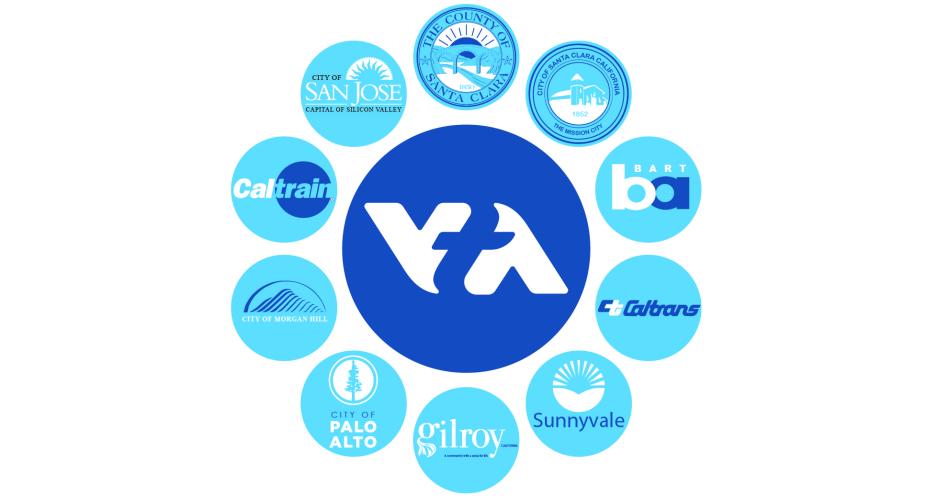A design review process is needed to truly and consistently implement a community’s long-range vision and to provide a framework for coordinating the agendas of multiple public agencies. A design review process works to ensure the quality of design and a project’s effectiveness in meeting the desired urban design objectives as articulated in design guidelines. There is no single correct way of doing this, and the mechanisms and methods for developing an effective review process will vary depending on the demand for development, the size of the community, and the local players, policies, and politics.
A preferred approach is for participants to be involved enough to at least identify design problems or issues as clearly as possible and reveal possible solutions. Whatever the procedures, the following key actions should be considered:
- Clearly state design objectives. Developers and designers should know what is expected of them and what criteria will be applied; developing the design guidelines discussed above is a necessary first step.
- Consistently apply design direction over time. It may be a decade or more before the effects of new policies are noticed, so it is important to keep project approvals focused on the long-range vision.
- Avoid allowing short-term trends in architectural fashions to disrupt the long-range design vision. Urban design concerns should provide the primary foci of the design review process, with architectural expressions serving as tools for accomplishing the urban design objectives.
- Establish review committees as small as possible and avoid populating them with people holding rigid or divergent design beliefs or personal agendas. It is important for members of the design review committee to share and remain focused on the established long-range vision, be knowledgeable about the issues and elements of design, and be flexible enough to work with a variety of styles.
- Cultivate knowledgeable staff to assist the review committee. Make staff available to assist developers early in the design process.
- Clearly state and describe the criteria for exceptions and make the rationale defensible under public scrutiny. It should also be difficult to bypass design review and appeal to a higher authority.
